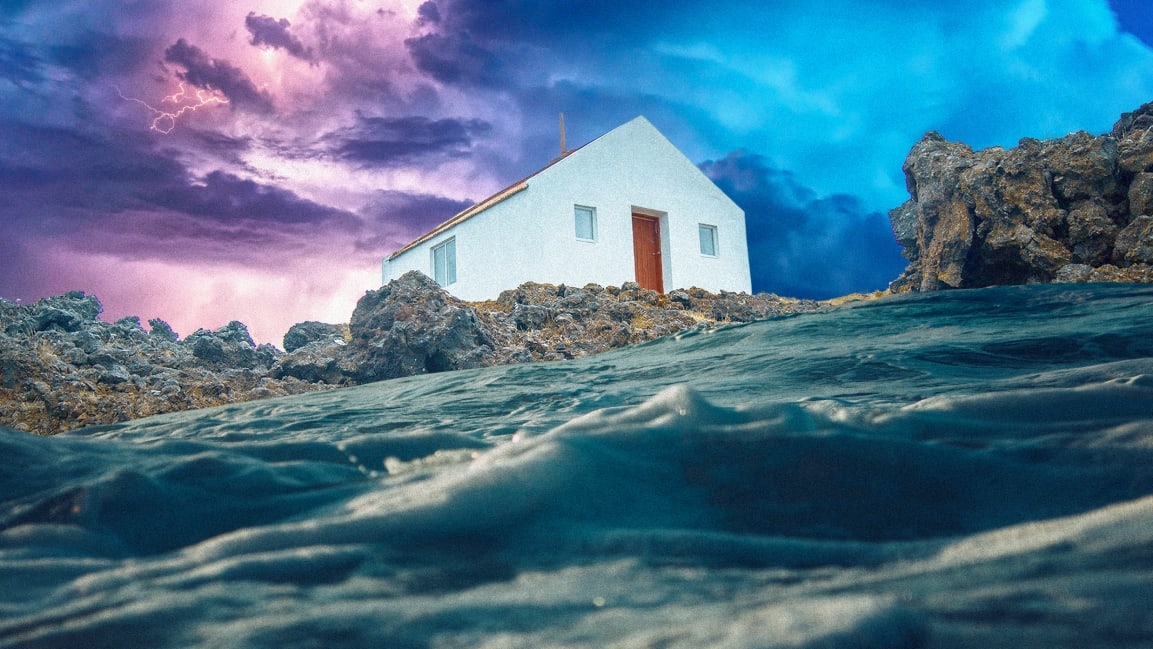Want to find a place to live that will be safe from climate change? Good luck
The year is 2050 or 2060, and as climate change progresses, extreme weather is getting worse. If you live in the U.S., you might be tempted to move to another city or state—but where should you go?
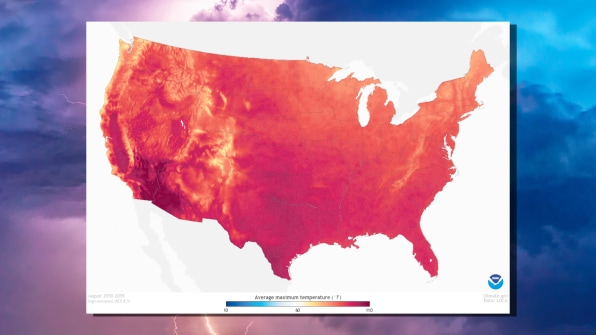
By midcentury, the number of massive wildfires in California could increase by 50%. The sea level along parts of the Florida coast might rise as much as 34 inches; throughout the coastal U.S., sea-level rise could put hundreds of thousands of homes at risk from chronic flooding. Colorado could face severe droughts and lose millions from the ski industry. Michigan will face more extreme heat, droughts, and flooding. South Carolina, like many states, is likely to face a steep increase in the number of dangerously hot days each year, along with the risk of more intense hurricanes, flooding, and wildfires.
Many of the impacts, of course, are already happening now—and in the wake of some recent disasters, people are already starting to move. “I don’t think we should worry about the future; we should be terrified about the present,” says Camilo Mora, a researcher at the University of Hawaii at Manoa who led a study that examined 3,000 scientific papers about climate impacts, identifying 467 separate impacts that humans are already experiencing, from deadly heat waves to food insecurity, the spread of disease, and infrastructure damage. (The study found, unsurprisingly, that these impacts will continue to get worse, and will be particularly terrible if emissions continue on their current path.) We looked at a few of the biggest risks across the country to see if any areas may fare slightly better than others.
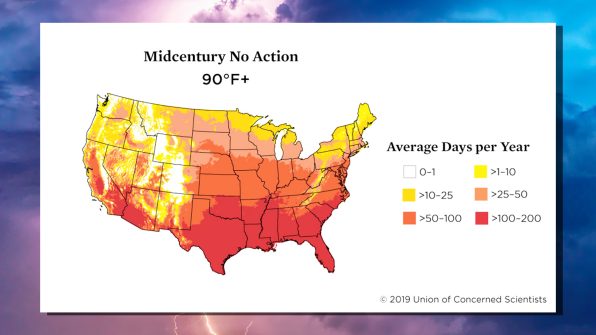
Extreme heat
Heat waves are already the deadliest weather disaster in the country, killing 136 people on average per year over the last 30 years. If emissions continue on a business-as-usual path, the average number of days that feel hotter than 100 degrees could more than double in the U.S., according to a recent report from the Union of Concerned Scientists. The impacts will be felt across the country, although the South will be hit hardest. There are likely to be a few escapes from extreme heat at high altitudes in places like the Rocky Mountains—although those areas will also face other climate impacts. “I hesitate to call them refuges from climate change more broadly,” says Kristy Dahl, a senior climate scientist at the Union of Concerned Scientists. “They may not be experiencing a lot of extreme heat, but may have higher wildfire risk or drought risk.” One recent study mapped out what your city may feel like by 2050; summers in Portland, Oregon, could feel like the current sweltering weather in California’s Central Valley.
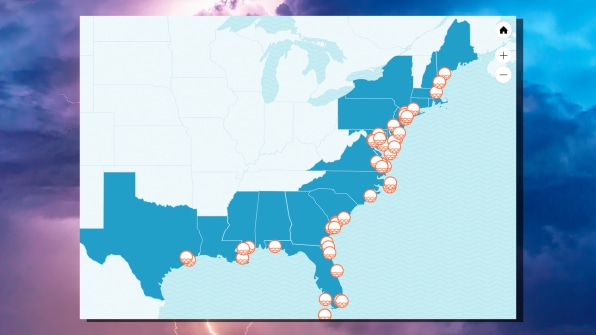
Sea level rise
Rising sea levels are already worsening floods in coastal states like Louisiana and New Jersey, and that’s a trend that’s only projected to get worse. A July report from Zillow and the nonprofit Climate Central estimated that more than 800,000 homes could be at risk from flooding by 2050. “Long before these properties and infrastructure are permanently underwater, millions of Americans living in coastal communities will face more frequent flooding, as the tides inch higher and reach farther inland,” Union of Concerned Scientists researchers wrote in another report that analyzed 13,000 miles of coastline in the contiguous U.S.
In some areas, property values have already dropped by billions of dollars because of sea-level rise. Areas away from the coast can avoid the impacts of sea-level rise—including devastating storm surge flooding when hurricanes hit—but may still face flooding from heavier storms. (Even near the coast, heavy rains may sometimes cause more damage than a storm surge; when Hurricane Harvey dumped as much as 127 billion tons of water on Texas, scientists calculated that climate change made the record rainfall three times more likely.)
Note that although the map above focuses on the Eastern U.S., the West Coast will also face flooding. On the East Coast, impacts may be worse, both because sea levels are rising faster there than they are globally, and because the East Coast has to deal with hurricanes. “You shouldn’t be living in a coastal area,” says Mora. “Coastal areas are just prone to so many disasters, from sea level rise, to water pollution and infiltration, to hurricanes, and then you get the all of the hazards that happen on land, like heat waves and fires. One example is Florida. Florida last summer got hit by everything, from wildfires to heat waves to hurricanes, all in a single year.”
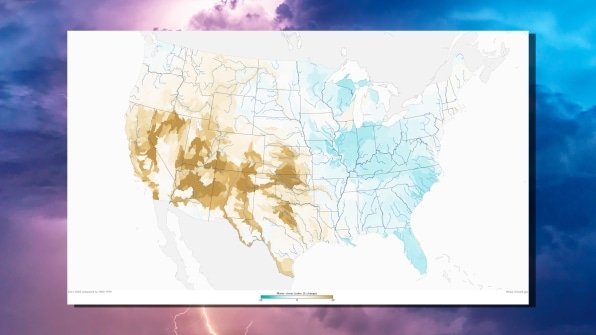
Drought and water stress
One recent study suggests that climate change has been driving droughts globally since 1900. Areas that are dry now, including the Great Plains and the Southwest, will get drier as the world heats up. In California, the critical water supply from snow in the Sierra Nevada mountains is projected to drop by two-thirds by 2050. Water levels in Lake Mead, a reservoir that supplies water to Las Vegas, have already dropped to the lowest levels since the reservoir was filled in the 1930s. In Western states, increased drought and increased heat will lead to a greater risk of fires and more challenging conditions to grow crops that the entire country relies on. The map above illustrates areas that are likely to experience the most water stress, meaning that communities and farms won’t have enough water to meet their needs. While you might avoid water shortages if you move to the eastern part of the country, even wetter parts of the country are also likely to experience more drought. In Wisconsin, for example, summer droughts may become 145% more severe by 2050. In some areas, droughts will be followed by heavy rains, causing flooding.
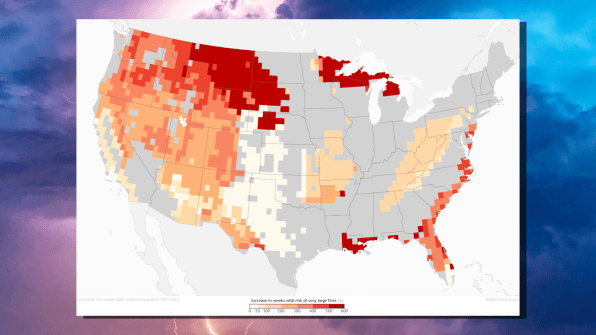
Wildfires
Higher temperatures and drought are already making the wildfire season longer in Western states, and between 1984 and 2015 climate change was responsible for doubling the area burned by wildfires. Even in areas that don’t directly burn, smoke from fires is hurting air quality. By midcentury, even in a scenario where emissions are reduced, particulate pollution from wildfires could increase 160%. Although the largest fires are in the West, wildfires are also already common in the Southeast and expected to increase there—and the map above shows that very large fires could also happen in less expected places, including Northern Michigan and Wisconsin. Fires are also increasing in Alaska, where around 2.5 million acres burned this summer. You may be at less risk of wildfire in a region like the Northeast, but you might also trade that for other problems, such as high tide flooding, which has increased in many cities in the region by a factor of 10 over the last five decades.
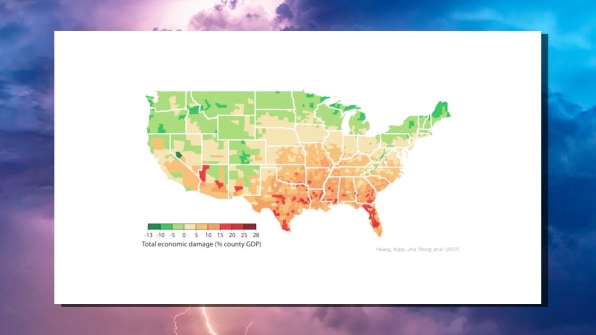
As climate change impacts regions differently, they’ll also experience different economic impacts. A detailed 2017 study looked at more than 100 different climate projections to predict how different regions would suffer economic damage near the end of the century, whether from changing agricultural yields, increasing energy costs, workers no longer able to work outdoors in peak hours, or other factors. Southern states, they found, will be hardest hit, while states like Maine might see a temporary economic benefit.
Every part of the country, and the planet, will experience changes. (If you want to look at some of the top impacts for a particular U.S. city, try this tool from Climate Central.) Some areas, like Washington State, are likely to experience less extreme heat than others, but are also less prepared to mitigate the heat waves that will come. A city like Seattle will also have to deal with more wildfire smoke than, say, Chicago. The middle of the United States may face somewhat fewer impacts than the coasts, but will still deal with extreme heat and drought. There’s no clear place to safely escape the impacts that are already happening, and that means that cities will need to do more to redesign themselves to protect residents.
“Because we know that a certain amount of climate change is somewhat baked into the system at this point, cities and towns need to be aware of the changes that are on the horizon so that they can start to plan to make their residents safer,” says Dahl. “But at the same time, we also need to be working hard to reduce our emissions.” The difference between action and inaction is stark. In the case of extreme heat, if business continues as usual, 204 major cities in the U.S. could experience at least of week of “off the charts” temperatures with a heat index over 127 degrees by the middle of the century. If emissions start to drop faster now, that number would drop from 204 cities to 7.
(39)


